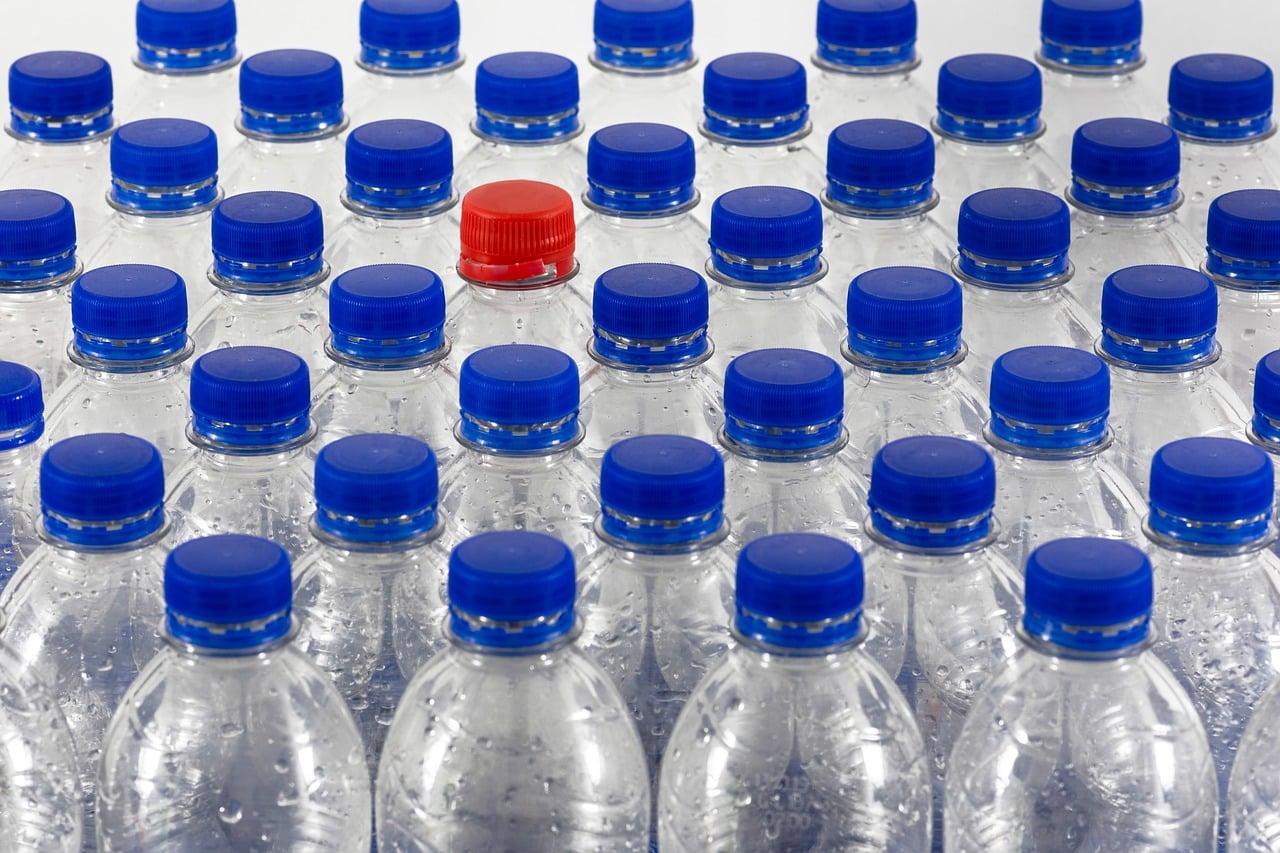In the face of increasing plastic production, which might reach 1 billion tons per year by 2050, the challenges of sustainable development are becoming increasingly pressing. The Ellen MacArthur Foundation warns that without responsible use and improved recycling of materials, the European Union’s goal of the first climate-neutral continent may not be achieved. A crucial role in this transition is played by packaging design for recycling, allowing for the tracking of its environmental impact and promoting a circular economy. What does this mean for the plastics industry and what will be key in the upcoming year?
By 2030, the European Union wants all plastic packaging to be recyclable, and by 2025, single-use bottles will need to be produced with at least 25% recyclates. According to the Ellen MacArthur Foundation’s report, plastic production will surge by 40% over the next decade. This presents an opportunity to produce packaging materials responsibly that are intended to enter the market over the next two decades. However, this cannot be achieved without a system designed to meet the requirements of a circular economy.
Design for Recycling
Global plastic production increased by 4% to over 390 million tons in 2021. Designing packaging for recycling is the most desirable direction and key to meeting the requirements of a circular economy. The main indicators of this process include tracking the entire value chain. This helps determine the actual environmental impact of packaging based on verified data and verifies whether the packaging material is indeed climate neutral. This way, the entire life cycle of packaging can be designed – from the source of the raw material, through the use of renewable energy in production, to the choice of transport method. In the end, one can be sure that the packaging complies with recycling standards.
Designing for recycling should be the starting point in the production of any plastic packaging. But what’s important – it’s a process that won’t bring tangible benefits unless the system environment is conducive to a full transition to a circular economy – emphasizes Mariusz Musiał, Managing Director of ALPLA in Poland.
Effective Deposit System
EU regulations are a consequence of challenges identified by the community – especially those related to financing and waste processing technology. Therefore, there is an increasing determination to create legislation making the entire packaging market aim for a circular economy. Of note, plastics are ideally suited to create this system.
The PET bottle is a prime example that can be successfully processed many times—it’s lighter than packaging made from other materials, therefore more convenient for transport, and its production reduces CO2 emissions compared to alternative packaging materials. But importantly – it cannot be released directly into the environment – it must be properly collected and processed. The deposit system is a big opportunity for this type of material.
As demonstrated in Lithuania, the deposit system can be effective. Thanks to the deposit system introduced in 2016, 92% of PET bottles, 93% of cans, and 85% of glass packaging that are part of the deposit system are returned to USAD, the Lithuanian deposit operator. Moreover, studies have shown that the whole system motivates citizens. A survey disclosed that 97% of consumers in the country declared that the deposit system is essential, and 95% noticed a significant reduction in the scale of pollution. The system is also highly efficient in other countries – in Germany, a 97% return rate is achieved (the system includes plastic, glass bottles and cans), in Finland 93% (system includes plastic, metal, and glass), and in the Netherlands 95% (system includes plastic only).
In Poland, at the end of November, the Minister of Climate and Environment published a regulation specifying the amount of deposit to be added to packaging – 50 cents. According to government guidelines, the system will be launched in 2025. Interestingly, the Single-Use Plastic Directive has ruled that by 2025, single-use PET beverage bottles should contain 25% recyclate, and from 2030, 30% regardless of the type of material. Many entities from the plastics industry see this as a serious challenge. In order to achieve the Community’s goals, we cannot settle for a nearly 10% plastic recycling rate, as is currently the case. We are in 2023 – in two years we should achieve the first goals, and discussions about the deposit system are still underway – not only about its height but also on how to effectively organize it – points out Mariusz Musiał, Managing Director of ALPLA in Poland.
Greater Role for Recyclates in Production
EU targets for the use of recyclates in the production of plastic packaging need to be met as early as 2025. This means there is minimal time left to enhance the capabilities of the domestic system for sourcing materials for reprocessing. However, it’s worth pointing out that currently high-quality raw materials for further processing are being recovered to create packaging materials, but only at an unsatisfactory level.
It is indicated that the official level of plastic recycling in Poland sits between 27% (according to the PlasticsEurope foundation) and just above 30% (according to government agencies), but the real recycling rate does not exceed 10%. Taking into account all the price nuances on this market, in 2021, Polish recyclers processed about 400 thousand tons of plastic waste. Meanwhile, about 4 million tons of primary plastics were introduced onto the Polish market during the same period. The rest of the plastic waste is either incinerated or dumped at landfills.
The last trend we mentioned should actually have been first. However, in order to obtain a satisfactory level of recyclates that we can use in the production of plastic packaging, we need to create an entire systemic framework that will allow us to do so. One thing is certain – the utilization of the full potential of plastic packaging materials depends on the entire ecosystem – concludes Mariusz Musiał, Managing Director of ALPLA in Poland.
